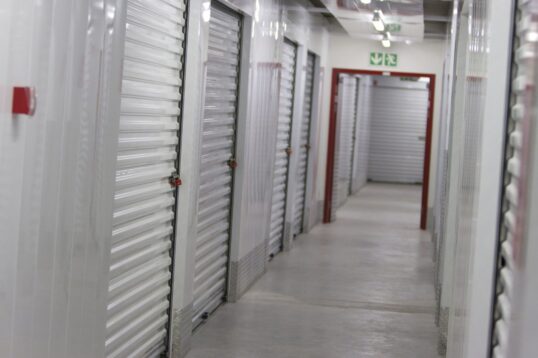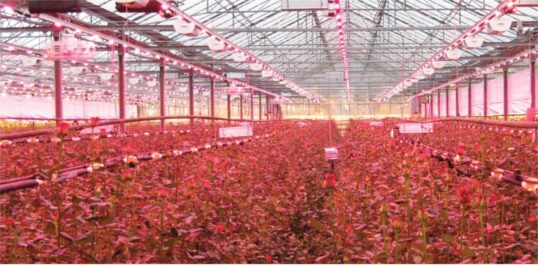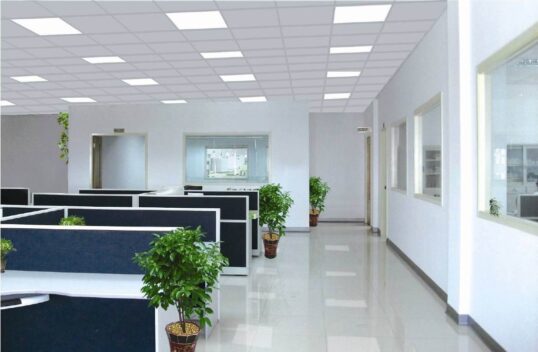Have you ever wondered what the future might look like. In 10 years will we all be riding personal scooters? In 50 years will we live on another planet? In 100 years will people vacation in other parts of our solar system? The potential outcomes are almost as varied as the fun choices we can come up with.
Scientists can make a lot of estimations of what the future will likely look like.
One area they have taken especially interesting consideration in, is lighting. What will the future of lighting look like? Here are a few highlights. Some of them may surprise you.
- Fiber optics. Fiber optic technology is not new. It is believed that as far back as the Romans people were passing light along a strand of glass. However, in the 1790’s it began to be put to good use as a source of optics in a fiber optic telegraph by the French Chappe brothers. Recently we have been perfecting this amazing (and cheap) source of lighting by using reflective surfaces and mirrors to illuminate large areas. The light can be “piped in” by fiber optic cables. So where does the future take this light source? Scientists think it will be used beyond our planet, since the sun can be seen almost anyplace in our solar system. If it is visible the light can be “captured”, moved down a fiber optic tube, and amplified. This could be used to light underground structures on distant objects like comets. Since the surface would be in full sunlight for long periods of time.
- Lasers based on LED’s. The LED (Light Emitting Diode) is an amazing marvel. This tiny device is a Diode (a part of an electric circuit that allows electricity to flow in only one direction) that emits light when energized. The potential is nearly infinite. Scientists are able to intensify the light being emitted by adjusting the LED’s current that it is drawing in. The more current the brighter the LED can get. The only limitation is the resistance of the components that the LED is assembled from. Particularly robust LED’s are capable of being so bright they can blind a human being. What makes LED’s so attractive to lighting specialists (aside from cheap manufacturing costs) is the fact that LED’s last so long. The traditional light bulb is based almost totally on resistance and heat. These two factors wear down components in any device or electric circuit. LED’s are built specifically to emit light in a very efficient way. This efficiency means they emit very little heat. This translates into cost efficiency because the LED pays for itself in savings. Focusing the light of the LED can make a laser that can be transmitted over a huge distance without loosing much of its brightness. This hypothetically could lead to less wires or even transmitters on earth and receivers of light on something like the moon.
There are a lot of potential other sources of light but many will take decades or even centuries to perfect. One of them is cold plasma, another might be bio luminescent paints you have to “feed” and “water”. It is certainly fun to think about.





